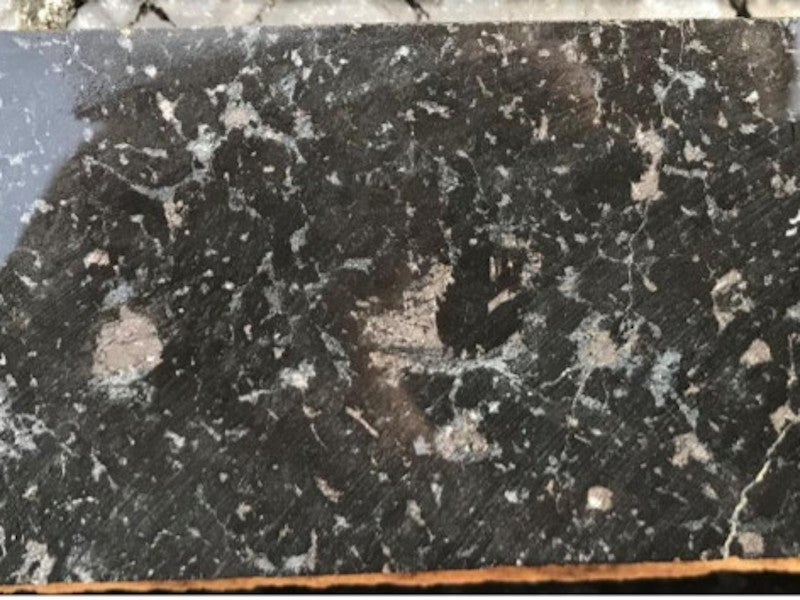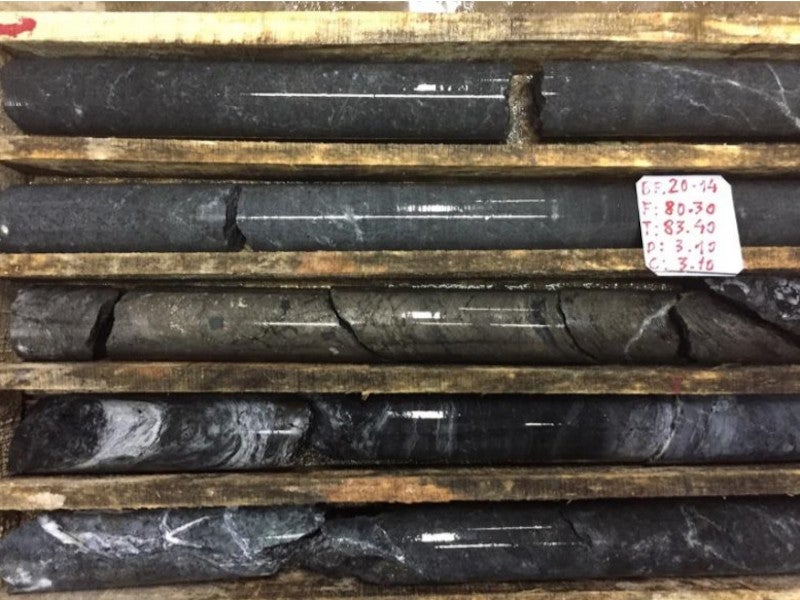Ta Khoa is a large-scale underground nickel mine located in the Son La Province in northern Vietnam.
Australian mining and development company, Blackstone Minerals brought 90% stake in the mine from AMR Nickel under a binding term sheet option contract in May 2019.
Blackstone is currently carrying out exploration at the mine site and has discovered considerable ore and reserves at the King Cobra Zone (KCZ) of the mine.
The exploration is a part of Blackstone’s strategy to enhance its battery-focussed asset base.
Ta Khoa Nickel project location
The Ta Khoa nickel mine is located 160km west of Hanoi, in the Son La Province of Vietnam. The Son La Province is considered to be one of the biggest nickel sulphide districts in Southeast Asia.
Blackstone Minerals owns a land package of 150km2 including an exploration license of 34.8km2.
Ta Khoa Nickel project geology and mineralisation
The mine site is located within the northwest to southeast zone of Song Da Rift, which is a major crustal suture zone in northern Vietnam. Song Da Rift is part of a larger system of deep continental rifting, which also spreads across China. The Ta Khoa anticline is a domal feature occurring within the Song Da Rift.
Various types of mineralisation have been found in the intrusive and surrounding metamorphic rocks of mine site including massive sulphide type mineralisation (MSV); disseminated sulphide type mineralisation surrounding the MSV; low grade disseminated sulphides in dunite (DSS); and oxidised type mineralisation.
The mine is rich in nickel, copper, cobalt, and Platinum Group Elements (PGE).
Ta Khoa reserves and development
The reserves estimation is still at a nascent stage, however, Blackstone Minerals aims to deliver the maiden resource over the next six to 12 months.
Blackstone Minerals discovered a near-surface higher-grade zone of nickel sulphide bearing semi-massive veins at the Ta Khoa nickel project in a zone called King Cobra. It is a potential starter pit for novel operations at the Ta Khoa mine site.
The company will evaluate the economics of developing an open pit or underground operation at the Ban Phuc disseminated sulphide (DSS) prospect using existing infrastructure. Four rigs have been deployed at the DSS to conduct an extensive exploration programme.
Metallurgical testing of the Ban Phuc DSS orebody has commenced and will enable the company to optimise a process flow sheet to produce a product meeting the standards of the lithium-ion battery industry.
Blackstone Minerals also plans to complete a scoping study for upgrading the concentrator and downstream processing facilities.
Processing and infrastructure details
The mine site infrastructure includes an existing processing plant capable of producing 450-kilo tonnes per annum (ktpa) of nickel. It also includes a hydro power grid, a tailings facility and a water dam, as well as an internationally certified laboratory.
The site area houses an accommodation camp for 250 people. The mine can be accessed through a 240km sealed road from Hanoi.
Blackstone Minerals has signed a non-binding joint venture agreement with Ecopro BM, a South Korea-based electric vehicle battery cathode producer. Ecopro will develop a processing facility at Ta Khoa to deliver raw materials for its cathode manufacturing process, under the agreement.
Ta Khoa mine history
The mine site was initially explored for copper in the mid-1950s and early 1960s. Modern mine explorations started in 1996 by AMR Nickel.
Full-scale operations at Ta Khoa started in 2013 after its initial operations suffered a setback in 2008 due to the global financial crisis. A total of 381 holes were drilled to a total depth of 61,894m during the full-scale operations at the site.
The Ban Phuc mine, which is part of Ta Khoa, was put under care and maintenance post-2016 as AMR Nickel faced challenges such as depleting resources and low nickel prices.
More than 0.98mt of ore was mined from Ban Phuc over a mine life of 3.5 years. The mine produced 20,988t of nickel and 10,245t of copper concentrate.





